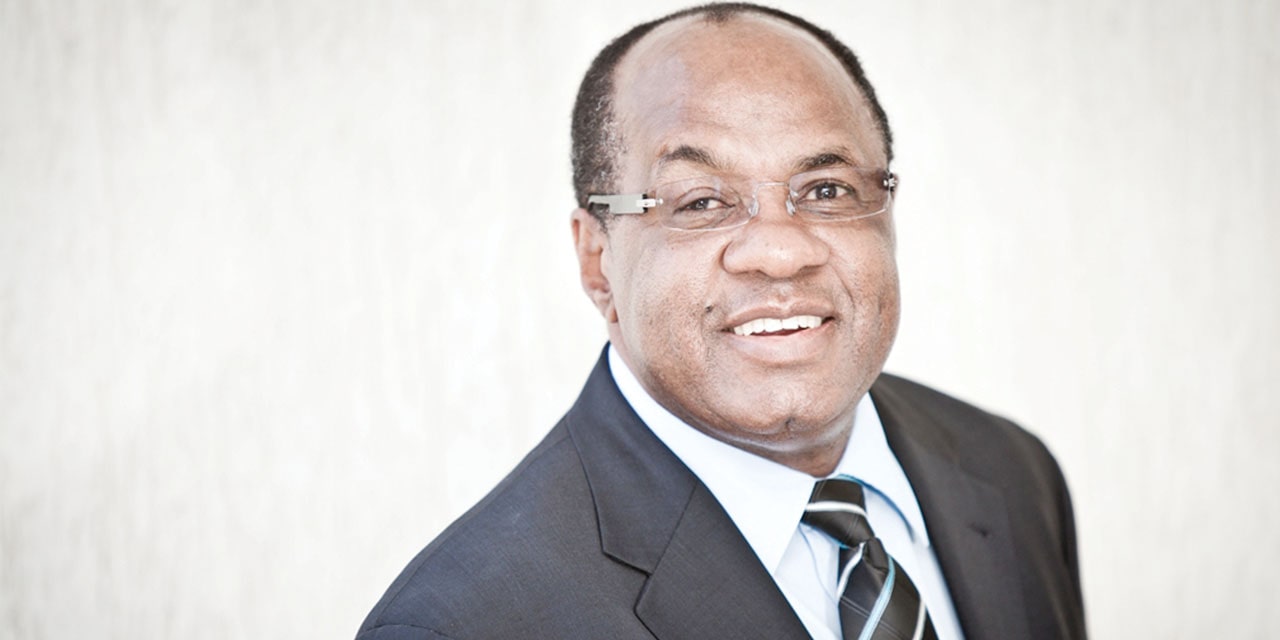Staff Writer
The Monetary Policy Committee (MPC) of the Bank of Namibia has decided to keep the Repo rate unchanged at 3.75 percent.
“This decision was taken following a review of global, regional and domestic economic and financial developments. The MPC is of the view that the rate remains appropriate to continue supporting domestic economic activity, while at the same time safeguarding the one-to-one link between the Namibia Dollar and the South African Rand,” BON Governor, Johannes !Gawaxab announced on Wednesday.
!Gawaxab said the domestic economic activity declined during the first ten months of 2020 and is forecasted to register an overall contraction in 2020, before an expected modest recovery in 2021.
“Domestic economic activity, though showing some positive signs of recovery in the third quarter, slowed during the first ten months of 2020, compared to the same period of 2019. The contraction was mainly reflected in lower activity observed in mining, agriculture, manufacturing, tourism, wholesale and retail trade as well as transport and storage,” he said.
“On the contrary, activity in the telecommunication and local electricity generation subsectors as well as the construction sector improved during the same period. The domestic economy is estimated to contract by 7.3 percent in 2020 before returning to a moderate recovery of 2.6 percent in 2021.”
The BON Governor revealed that as of the 30th of November 2020, the stock of international reserves stood at N$29.9 billion, decline from N$32.7 billion reported in the October 2020 MPC statement.
“The decline of reserves was on account of the net purchases of Rand by commercial banks coupled with exchange rate revaluations through the appreciation of the Rand. This latest number of international reserves is estimated to cover 4.5 months of imports. At this level, the reserves remain sufficient to protect the peg of the Namibia Dollar to the South African Rand, while meeting the country’s international financial obligations,” he said.
!Gawaxab said total credit extended to the private sector ( PSCE) slowed down during the period under review, a position he attributed to lower demand for credit arising from weak overall domestic economic activity.
“Average growth in PSCE declined to 3.6 percent during the first ten months of 2020, lower than the 6.8 percent recorded over the same period in 2019. The slowdown in PSCE was due to lower demand for credit arising from weak overall domestic economic activity and the repayments made by businesses during the period under review. The growth in credit extended to businesses declined to 0.8 percent during the first ten months of 2020 compared to 8.7 percent over the same period in 2019. Since the previous MPC meeting, growth in PSCE slowed to 1.4 percent at the end of October 2020 from 2.6 percent in August 2020, mainly due to a lower uptake of credit by businesses,” the Governor said.
According to the Governor, the annual average inflation declined to 2.2 percent during the first ten months of 2020 compared to 4.0 percent in the corresponding period of 2019.
“The lower inflation was mainly due to the decline in transport and housing inflation, mainly on account of deflationary pressure emanating from the depressed rental market and low international price of oil. On a monthly basis, the inflation rate declined to 2.3 percent in October 2020, from 2.4 percent in September 2020. Overall inflation is projected to average 2.3 percent in 2020,” he said.




